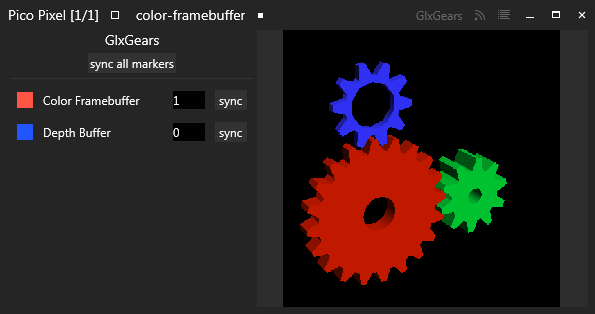

The most important step for the genetic improvement of wheat is conventional wheat breeding, which is based on phenotypic selection. All these factors are affected by environmental factors, agronomic management and genotypes. These two indexes of the population uniformity are used not only in wheat but also in rice. Moreover, characteristics of the spike-layer uniformity (SLU) are usually determined by the variation of spike heights between inter-plants and between inter-tillers. Understanding the physiological, genetic and developmental basis of spike morphology is significant not only for increasing spikelet number but also for exploiting the fruiting or grain setting productivity of spikelets. These parameters are important breeding targets for wheat yield improvements. Several grain yield parameters play important roles in improving wheat yield, including spike number per plant (SNPP), spike length (SL), grain weight per spike (GWPS), fertile spikelet number (FSN), spikelet number (SN), sterile spikelet number (SSN) and grain number per spike (GNPS). The MTAs detected through multi-locus GWAS will be useful for improving SLURTs and thus yield in wheat production through marker-assisted and genomic selection.īread wheat ( Triticum aestivum L.) is one of the most widely grown cereal crops in the world and serves as the main energy source for approximately one-third of the global population. In total, 279 candidate genes (CGs) were identified, including Chaperone DnaJ, ABC transporter-like, AP2/ERF, SWEET sugar transporter, as well as genes that have previously been associated with wheat spike development, seed development and grain yield. E1, E2 and also in combined data from the two environments. Altogether, 15 significant MTAs were found for five traits in one of the two environments, and four significant MTAs were detected for the two traits, LTH and SLU, in both environments i.e. Twenty-nine MTAs were detected in environment one, 48 MTAs were discovered in environment two and 59 MTAs were detected using combined data from the two environments. In total, 136 significant marker trait associations (MTAs) were identified when the analysis was both performed individually and combined for two environments. In this study, a set of 225 diverse spring wheat accessions were used for multi-locus GWAS to evaluate SLURTs, including the number of spikes per plant (NSPP), spike length (SL), number of spikelets per spike (NSPS), grain weight per spike (GWPS), lowest tiller height (LTH), spike-layer thickness (SLT), spike-layer number (SLN) and spike-layer uniformity (SLU). The present study is the first genome-wide association study (GWAS) targeting SLURTs in wheat.

Therefore, these parameters are important breeding targets for wheat improvement. Spike-layer uniformity (the consistency of the spike distribution in the vertical space)-related traits (SLURTs) are quantitative and have been shown to directly affect yield potential by modifying the plant architecture. PRs welcome too.Bread wheat ( Triticum aestivum L.) is one of the most important cereal food crops for the global population.
#Mtasa marker hit size free
Feel free to report bugs or feature requests here. This library is totally usable but is perhaps still lacking some features, hence the 0.1.x version.
#Mtasa marker hit size code
You can also jump straight into the source code of the library and unit tests. Just give it a try yourself - use one of the examples above, type new Client( at the very end and hit CTRL + Shift + Space if the popup didn't appear automatically already. This means that no matter if you write plain old JavaScript or TypeScript - as long as you use some decent editor with intellisense (like Visual Studio Code), you should get nice autocompletion and feedback with documentation. The source code has inline documentation, which is also included in typings (.
#Mtasa marker hit size how to
For more information on how to expose your MTA server APIs (like the testProcedure function from test_resource resource) over the web interface, refer to Resource Web Access wiki page.


 0 kommentar(er)
0 kommentar(er)
